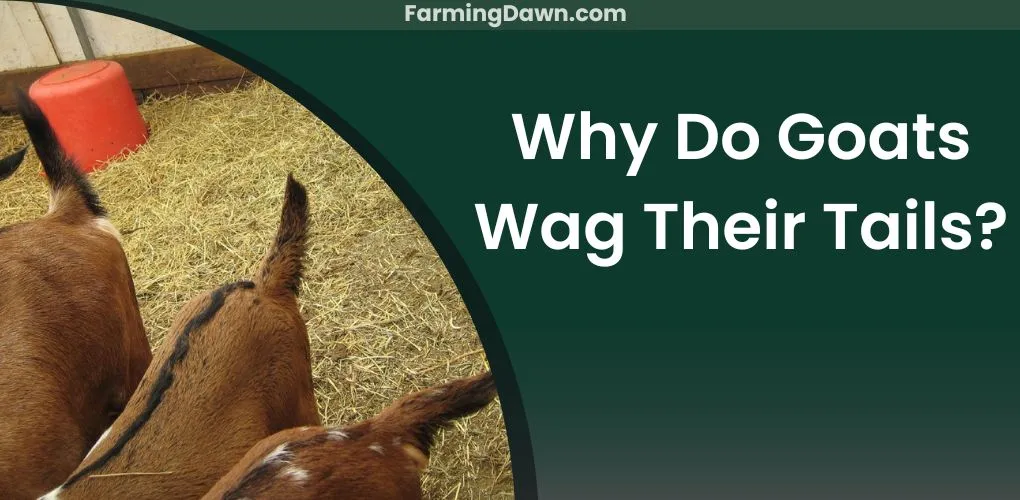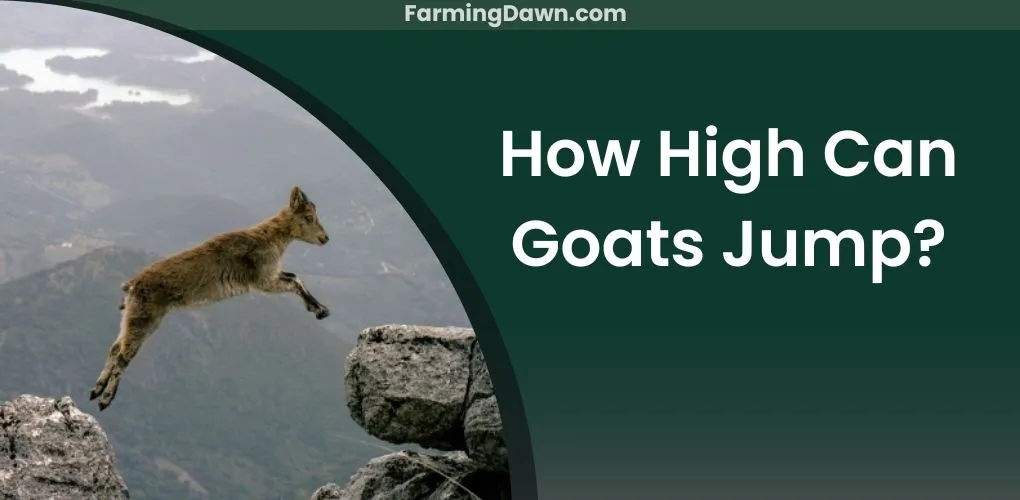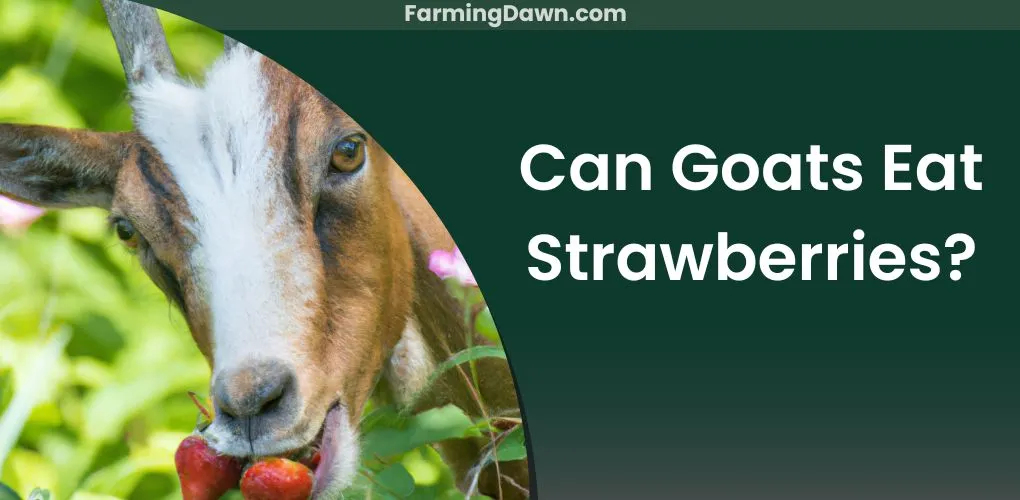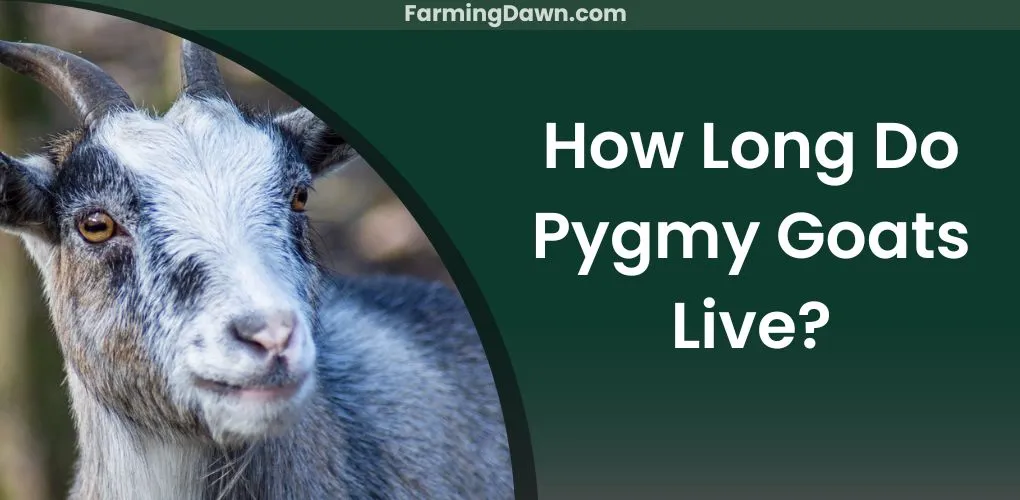As a farmer owner, you must have seen the goats wagging their tails. And just like me, you must have different questions pop up in your mind. Why Do Goats Wag Their Tails? Is it an expression of joy and contentment or does the gesture signify something else entirely? We can’t be sure, but there are plenty of theories as to why goats wag their tails. This post will explore some of these possibilities and share what I know about this curious habit.
Through exploring different hypotheses put forth by experts in animal behavior, perhaps we can uncover more clues about what goes through a goat’s head (or should I say tail!) when they’re feeling happy, scared, or even threatened.
What Does It Mean When A Goat Wags Its Tail?
Goats are fascinating creatures, and sometimes it’s hard to understand their behavior. One of the most common questions asked about goats is why they wag their tails. While tail-wagging may indicate signs of arousal in many animals, this is not always true for goats – they actually use tail movements to communicate a variety of messages with other goats or humans.
Tail movement can be used by goats as a sign of irritation if they’re being pestered by insects or flies. A goat will often flick its tail rapidly when disturbed by these pests, which helps them express annoyance and ward off unwanted visitors.
Similarly, if a goat feels threatened its tail will stay low to the ground and even tuck between its legs indicating submission or fear. On the other hand, happy goats have been known to raise their tails high above their heads while bouncing around in excitement! This “happy dance” is usually followed by playful butting from one goat to another as a sign of friendship.
In addition to the tail-wagging, you should also understand how do goats sleep? and How high can goats jumps? to properly understand their behavior.
Why Do Goats Wag Their Tail?
Tail wagging among goats can range from mild flicking to vigorous swishing depending on the situation. The amount of time goes spent wagging their tails can vary greatly – some might only flick their tails for minutes while others could be seen doing so for hours! There are several reasons for Goat wagging it’s tail.
Indications of Excitement and Fear in Goats
Goats wagging their tails is a classic sign that something’s up! Whether they’re excited or scared, goats will be shaking those tails. It’s strange to think about, but it can provide us with valuable insight into the goat’s behavior and emotions. Here are three reasons why goats wag their tails:
• Goats Wag Their Tail When Excited: A tail-wagging goat is one who feels happy, contented, and safe in its environment. Not only do you see them bouncing around when there is food present, but also when playing with other animals or being petted by humans.
• Scared Goats Also Wag Their Tails: When faced with any sort of stressor such as loud noises or unfamiliar people, goats will start to shake their tales too. This reaction isn’t necessarily related to happiness; rather it reflects the animal learning how to cope with the situation at hand.
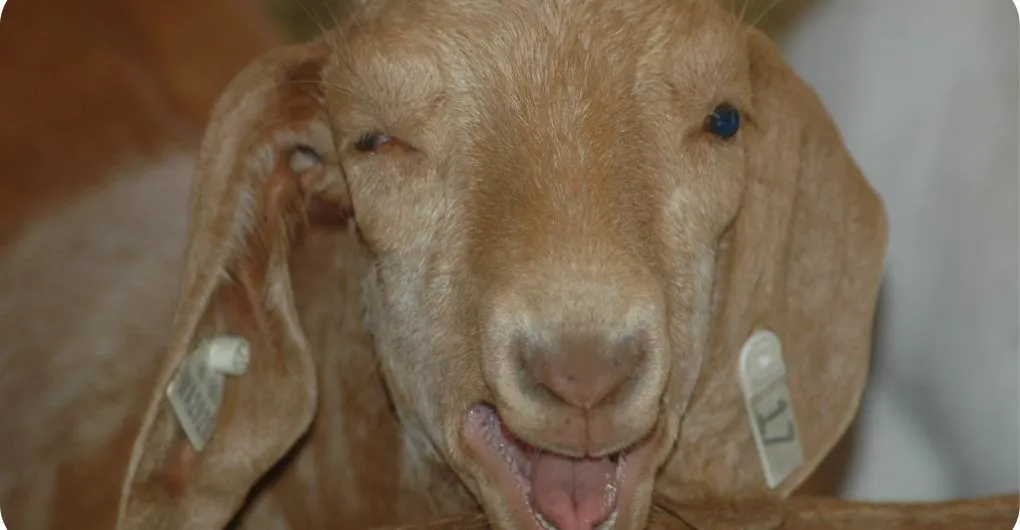
How Affection is Signified Through Tail-Wagging
As previously mentioned, goats are capable of expressing a range of emotions with their tail. When feeling affectionate, it is not uncommon for a goat to wag its tail to convey this emotion. A wagging tail can be seen as a sign of contentment or happiness and many farmers have found that when their goats show signs of affection by wagging their tails, they tend to produce better quality milk yields.
Goats are emotional creatures, just like humans. They bond easily with people who take care of them and become attached to those who feed them regularly. As such, goats will often respond positively when shown love and attention from the people around them; these positive responses may include nudging the person’s hand with their head or gently nibbling at clothing, but one characteristic sign of joy and appreciation is tail-wagging!
Indication of Different Emotions
When goats feel content or excited about something, they will often express this emotion through tail wagging. It is interesting to watch because sometimes, even if nothing else has changed in their environment, they will begin to wag their tails anyway – as if some internal switch flipped on inside of them telling them it was time for a celebration! Here are three ways that goats communicate their joy through tail wagging:
- A goat might start wagging its tail slowly when it gets an extra treat like apple slices or special feed. The slower motion indicates satisfaction with the situation.
- If a goat is playing with another goat or animal companion and having fun while doing so, it might start moving its tail faster. This higher speed usually means the goat is feeling high levels of excitement and joy from socializing with others.
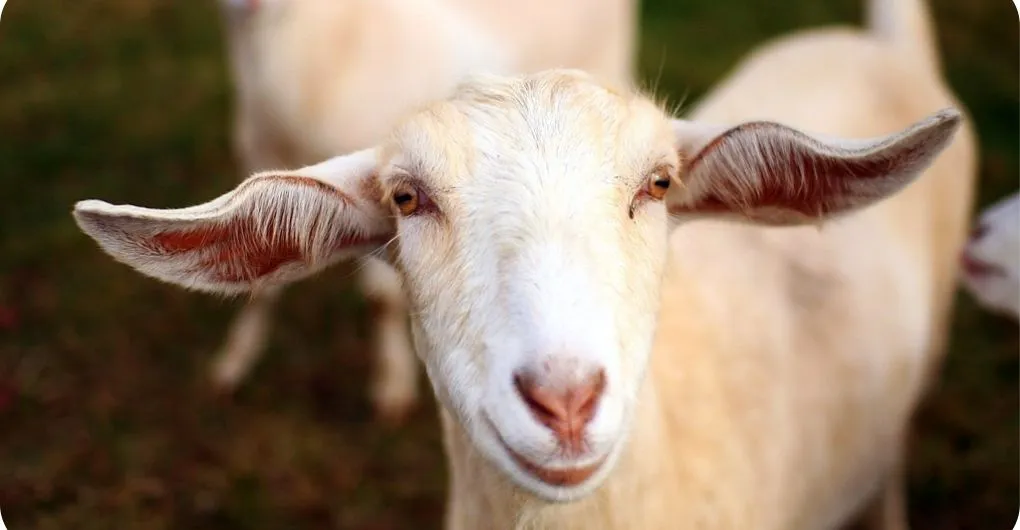
Protection from Insects
Goats are equipped with a remarkable tool to ward off pesky flies and insects: their tails. You’ve likely seen them wagging away, in an almost hypnotic fashion. Goats have what is called ‘docking’, which is the act of removing the tail from the body – usually by cutting or twisting it off at its base.
This leaves only a stump for pests such as flies and other insects to land on but not enough for them to bite into. By wagging their tail, goats can effectively move these bugs away, thus keeping themselves comfortable while also avoiding potential diseases that may be transmitted through insect bites.
Goats using Tail-wagging as a Communication Tool
Tail wagging is just one form of communication used by goats. Goats often communicate with each other using different sounds like bleating and lowing noises, facial expressions, and body language. For instance, if a goat is trying to alert another nearby animal or person to something it might raise its head high and flick its ears back while making a loud sound known as ‘blatting’.
If a goat feels threatened it will lower its head, flare its nostrils and flatten its ears backward – this behavior is referred to as ‘flagging’. Goats have many ways of expressing themselves through various behaviors such as tail wagging which allows them to tell us how they’re feeling without having to speak our language.

Goat Wags Their Tail As A Sign Of Arousal
As we discussed before, goats are quite expressive animals. They have specific body language that they use to communicate with their herd and humans alike. In addition to being happiness or feeling threatened, goats also wag their tails to when they feeling aroused.
As a farmer interacting with goats, you need to be aware of this behavior so that you can better understand what the animal is trying to tell us through its physical communication.
Why Do Female Goats Wag their Tails?
10 years ago I got my first female goat named Bella. My female goat, Bella, was wagging her tail incessantly ever since I brought her on my farm. It’s as if she knew something I did not! As a first-time goat owner, it was quite alarming to witness this behavior from my beloved pet.
Turns out that there are several reasons why female goats keep wagging their tails.
Female Goats Wag Their Tail As A Sign of Happiness
It is believed to be an expression of happiness or contentment. Female goats are social animals and they often show their joy by wagging their tails in response to positive experiences like being given treats or spending time with other animals or humans they trust.
Female Goats Wag Their Tail for Communicating
Some researchers suggest that female goats may also be using tail wagging as a form of communication between them and the herd. The movement of the tail creates vibrations that can alert others nearby about potential danger or let them know when food has been located elsewhere on the farm.
Female Goats Wag Their Tail To Show Dominance
Lastly, female goats may also be using tail wagging as a way to express dominance over other members of the herd – similar to how cats swish their tails back and forth when asserting dominance over another cat.
Female Goats Wag Their Tail To Show Readiness for Mating
Female goats, for example, may move their tails back and forth as a visual signal to indicate their readiness to mate with a prospective partner who catches their attention.
My Goat Bella’s Tail Wagging
In studying the behavior more closely, it would seem that Bella’s tail wagging isn’t anything negative but rather an indication of her overall well-being: she feels safe in her environment and loves interacting with us! This understanding has made me appreciate our special bond even more—knowing that we have a such strong connection through body language alone is truly remarkable.
Why Do Baby Goats Wag Their Tails?
Baby goats wagging their tails is a delightful sight, one that makes us smile and feel connected to the creatures we share this planet with. It’s part of what makes them so endearing to us! But why do baby goats wag their tails? What does it mean for them?
The answer lies in how they communicate. Baby goats use many different methods to express themselves, from bleats and grunts to body language and postures. Tail-wagging is just another form of communication, usually indicating excitement or contentment. Goats can also use their tails as a warning sign when they’re feeling threatened or uncomfortable. So if you see your little goat wagging its tail happily, it means it’s feeling safe and secure around you!
Goat owners often say that seeing their animals’ tails wagging is like watching a dog wag its tail—it’s an indication of joy and comfort. The movements are energetic but gentle, which adds to the effect of happiness being expressed. They may even throw in some head bobbing or prancing while they’re at it! A happy goat is sure to bring lots of smiles all around.
When Do Adult Goats Wag Their Tails?
Now that we’ve looked at why baby goats wag their tails, let’s move on to when adult goats wag theirs. When an adult goat wags its tail it usually means the same thing as a young one: they’re happy and content. Adult goats may also use their tail to communicate more complicated emotions such as fear or aggression.
When Feeling Threatened or To Threaten
When a goat is feeling scared or threatened, it will often swing its tail in wide circles while standing close to other members of the herd for protection. This behavior helps alert other animals nearby that something is wrong and should be avoided. On the flip side, if two dominant bucks are fighting over territory within a herd, they might threaten each other by waving their tails back and forth in front of them like weapons.
When Competing for Breeding Rights
In addition to communicating emotion and dominance, adult goat tail-wagging can serve many different purposes depending on the circumstances. For instance, female goats may swish their tails from side to side when trying to attract potential mates; this serves as a visual cue that she’s ready to mate with someone who catches her eye.
Similarly, male goats will sometimes do head bobbing and tail-swishing rituals when competing for breeding rights within a herd – again signaling their strength and suitability as a mating partner.
Why Do Goats Wag their Tail? Take Away
Goats have a unique way of expressing themselves, and that is through the wagging of their tails. Understanding these signals helps us to better understand why do goats wag their tail and become better stewards of these amazing animals. This often overlooked gesture conveys so much information to other goats and humans alike. We can infer from the tail wag whether they are happy, annoyed, excited, or even aroused!

